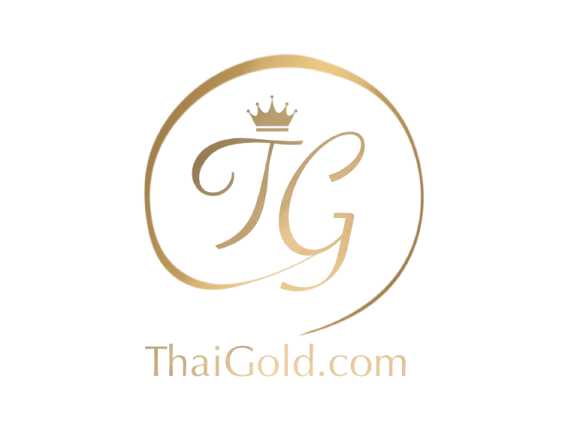
Gold Breaks $4,000: Lessons From History’s Great Gold Rallies
Gold Price Quarterly Update, October 1st 2025
After months of consolidation around $3,300, gold has finally broken through the $4,000 mark — a historic milestone that has captured global attention. While the move feels extraordinary, it’s not entirely unprecedented. Gold has experienced major surges before — most notably in the late 1970s to 1980s and again in the mid-2000s to early 2010s. Each rally had its own backdrop of economic uncertainty, inflation fears, and shifting monetary policy — all themes that are resurfacing today.
1. The 1970s–1980s Boom: Inflation, Oil, and the End of Bretton Woods
The first great gold rally began after the U.S. ended the gold standard in 1971, freeing gold to trade on open markets. Combined with soaring inflation, oil shocks, and geopolitical tensions, gold prices exploded — climbing from around $35/oz in the early 1970s to over $800 by 1980.
But once the Federal Reserve, under Paul Volcker, raised interest rates sharply to fight inflation, gold corrected hard. Prices fell by roughly 50% and remained in a long two-decade consolidation, trading mostly sideways through the 1980s and 1990s.

2. The 2000s–2010s Surge: Easy Money and Financial Crisis Fears
The second historic rally began in the early 2000s. Years of low interest rates, a weak U.S. dollar, and rising debt levels fueled renewed investor demand for hard assets. When the 2008 global financial crisis hit, gold became the ultimate safe haven.
Prices climbed from about $250 in 2001 to over $1,900 by 2011, a nearly eight-fold increase. Yet again, as confidence returned and the Federal Reserve began tightening policy, gold experienced another major correction — dropping roughly 50% and entering a long period of consolidation throughout the 2010s.
3. Today’s Breakout: Inflation, Debt, and Talk of Gold Revaluation
Fast-forward to today. After consolidating for months around $3,300, gold has now surged past $4,000 — a new all-time high. Several forces are at play: persistent inflationary pressures, record global debt, and growing speculation about a potential Federal Reserve gold revaluation — a move that could reset gold’s role in the monetary system.
While no one can predict the exact trajectory, the pattern is familiar. Historically, each major gold rally has been followed by a correction and long consolidation. But with today’s global economy facing unprecedented debt levels and fiat currency stress, some believe this breakout could mark the start of a new monetary era rather than just another cycle.

4. The Fed and the Idea of a Gold Revaluation
The recent discussion surrounding a Federal Reserve gold revaluation has stirred deep interest across financial circles. The idea, in simple terms, is that the Fed could raise the official value of gold held on its balance sheet — effectively acknowledging that the dollar has lost purchasing power over time. Such a move would strengthen the central bank’s balance sheet, help offset massive unrealized losses from bonds, and symbolically restore a degree of monetary confidence.
While there’s no formal plan yet, even the mere mention of revaluation signals how central gold remains in the global financial conversation. For investors and savers, it’s a reminder that gold is not just another commodity — it’s the world’s oldest form of money, and its importance tends to re-emerge exactly when trust in paper assets begins to fade.
Final Thoughts: History Doesn’t Repeat — But It Rhymes
Gold’s price journey has always mirrored the world’s financial mood — thriving during instability, cooling during confidence. The new $4,000 milestone is more than just a number; it’s a reflection of global unease about inflation, debt, and the value of money itself.
